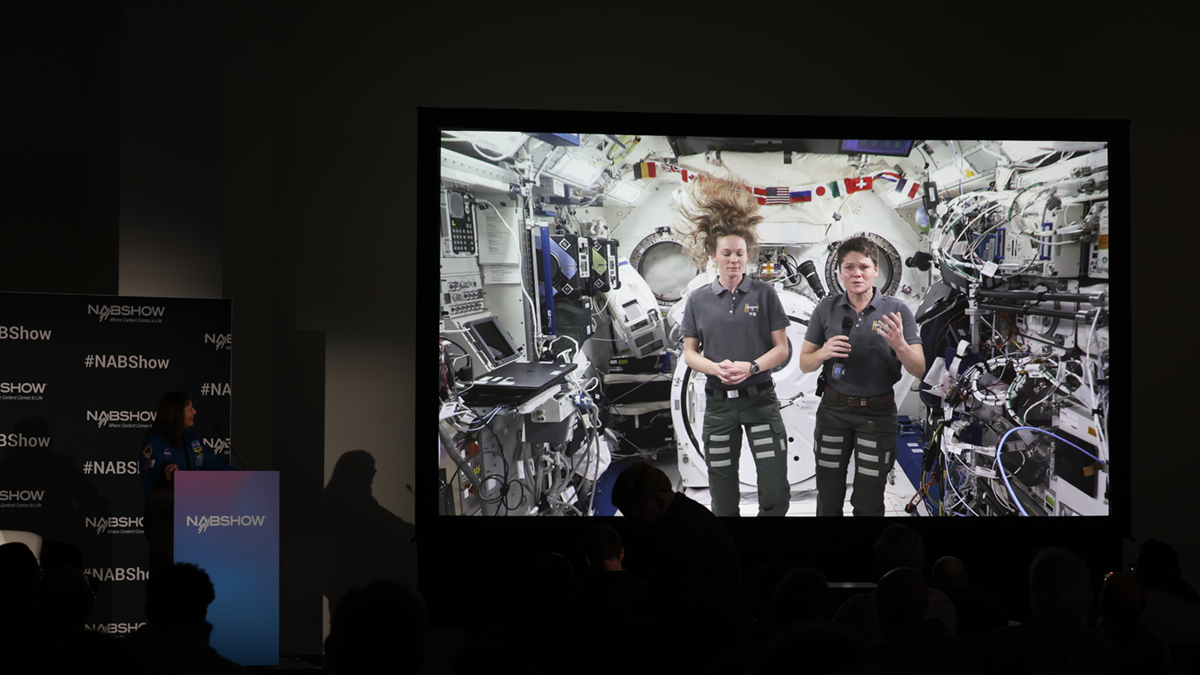ARRL Field Study Documents Interference from Broadband over Power Line
Field studies conducted by the American Radio Relay League (ARRL) representing Amateur Radio operators in the U.S. showed that spectrum pollution from broadband over power line (BPL) posed a significant threat to amateur radio operations (and broadcasting) in the HF and low-VHF (TV channels 2-6) region. As noted in RF Report for May 12, BPL uses frequencies between 2 and 80 MHz to deliver broadband services over existing power lines. When the RF carrier is added to the power lines, some of the energy is radiated.
The ARRL field study showed BPL interference in the amateur radio bands ranged from moderate to extremely strong. Different BPL systems created different types of interference. In some cases, the interference sounds like data signals or TV sweep noise at regular intervals. In other cases, the interference sounded like static pulses from a noisy motor with occasional pulses like a Geiger counter. You can see and hear the interference in a video link in the ARRL article ARRL documents interference from Broadband over Power Line.
ARRL President Jim Haynie, W5JBP, said, "BPL is the most crucial issue facing amateur radio and the one that has the most devastating potential."
ARRL Lab Manager Ed Hare, W1RFI, visited BPL trial communities in Maryland, Virginia, Pennsylvania and New York to measure interference from BPL. Hare said he didn't have to look hard or track down a few hot spots to find interference from BPL. "The signals were all over."
While the impact of BPL on Amateur Radio operations in the HF bands could be devastating, TV broadcasters using channels 2-5 should be concerned about interference to off-air reception of their signals. It is generally accepted that viewers can notice noise 30 to 40 dB below that of an analog TV station's peak visual power. Although the ARRL video did not include any tests above 29 MHz, even harmonics from these BPL signals could be a problem for low-VHF TV stations in medium to weak signal areas.
The interference levels shown in the video on the ARRL web site are troubling. ARRL President Haynie said, "Anyone seeing these BPL signals for megahertz after megahertz for miles along a power line should be convinced that BPL--even operating at the present FCC limits--poses a serious threat to all HF and low-VHF communications." One other thing for amateur radio operators and low-band VHF broadcasters to worry about: Power lines that can radiate RF can also receive it. While it doesn't help the ham radio operators or viewers, BPL data customers are unlikely to associate the local ham radio operator or Channel 2 TV station with their connectivity problems. They will blame the power company or ISP, who will likely request higher power levels to overcome the "interference".
The comment period on the FCC Notice of Inquiry has passed, but the reply-comment period will be open until August 20.
Get the TV Tech Newsletter
The professional video industry's #1 source for news, trends and product and tech information. Sign up below.
